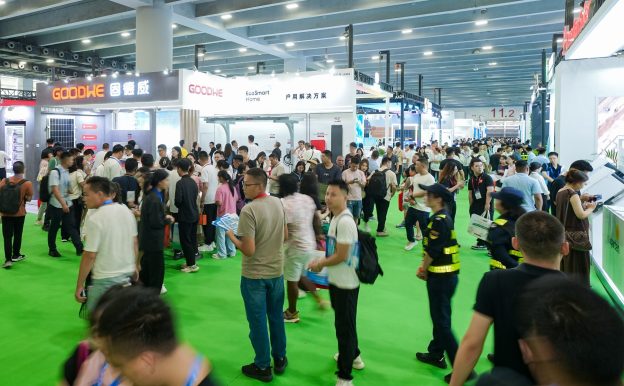One of the largest, most environmentally-friendly, battery-based energy storage systems (ESS) in the United States will be installed at the University of California, San Diego the campus. The 2.5 MW, 5 MWh system will be integrated into the university’s microgrid, which generates 92% of the electricity used on campus annually and is considered one of the world’s most advanced microgrids.
A microgrid is a small-scale version of a traditional large power grid that controls energy from clean sources such as wind and solar power, as well as from conventional technology. It can be connected to a larger electric grid, but can also work independently. The capacity of the ESS to be installed at UC San Diego will be enough to power 2,500 homes.
“UC San Diego is committed to practices that promote sustainability and innovation, not just on our campus, but in our community and our world,” said Gary C. Matthews, Vice Chancellor for Resource Management and Planning. “Energy storage can help make renewable energy sources more reliable and is critical to a resilient, efficient, clean and cost-effective grid. We are proud to help advance this technology.”
Energy storage systems are technologies that convert electricity into another form of stored energy and then convert the energy back to electricity at another time. Energy storage helps integrate intermittent renewable resources, such as solar power, and provides power when it is needed for consumption. The technology is considered key to enhancing grid reliability as well as grid resiliency in the face of adverse conditions.
Energy storage is considered so important that the California Public Utilities Commission (CPUC) decided last year to establish an unprecedented energy storage target: 1.3 GW of energy storage is to be procured and installed by three of the state’s investor-owned utilities by 2024. The CPUC’s mandate broke new ground by trying to establish a regulatory system in which utilities, third-party storage providers and potentially customer-owned storage assets can play an integrated role.
The 2.5 MW, 5 MWh energy storage systems at UC San Diego was purchased from BYD. BYD’s energy storage system uses high performance lithium-ion iron-phosphate batteries that are known for being reliable and environmentally-friendly. The company’s rechargeable batteries contain no heavy metals or toxic electrolytes and, during the manufacturing process, all caustic or harmful materials are avoided. The batteries are also considered non-explosive and fire-safe, even in direct flames. The company has supplied more than 100 MWh of fixed energy storage stations around the world.
The 2.5 MW, 5 MWh energy storage system is the latest addition to UC San Diego’s portfolio of energy storage devices – one of the most diverse energy storage portfolios of any university in the world. Other devices currently in place include the following with additional energy storage projects being planned as well:
- 30 kW ultra-capacitor-based energy storage system from Maxwell Technologies, Inc. which will be combined with Soitec’s Concentrated Photovoltaic (CPV) Technology.
- Second-life battery demonstration site.
- 3.8 million gallon thermal energy storage.
Once the ESS is installed in spring 2015, UC San Diego will be eligible for up to $3.25 million in financial incentives through the Self-Generation Incentive Program (SGIP).
(Photo Credit: Wikipedia)







